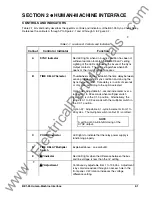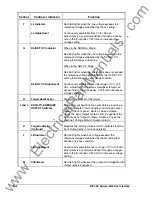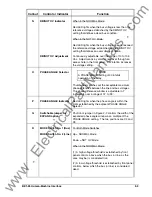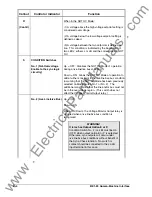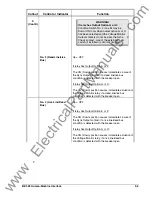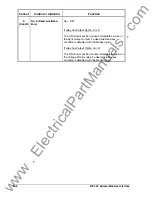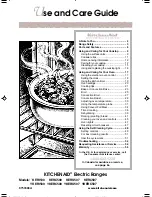
BE1-25 General Information
1-7
OTHER OPTIONS
Expandable Window
An expandable window (option 9 in the second position of the Style Number) is available to enable a local
operator (through a switch) or a remote dispatcher (through the supervisory control system) to expand the
preset phase angle window by a programmed ratio.
Under normal conditions, the phase angle setting is determined by the maximum angular difference that
has been calculated as suitable to meet the expected load flow of the total system. But under emergency
conditions, the load flow throughout the system may result in excessive phase angle separation across the
opened breaker.
In order to reestablish load on a previously faulted line quickly, it may be necessary to expand the
allowable phase window. With this option, closing a contact input to the relay expands the preset phase
setting by a programmed multiple of 2 or 3 (according to the position of a jumper on the circuit card).
This option is not suggested for use in generator applications for the following reason: The phase angle
setting for a generator breaker is determined by the maximum phase difference that can be tolerated by
the generator when connected to the system. An excessive angle can result in excessive mechanical
forces in the generator and associated mountings.
Internal connections for the expandable window are shown in Figure 4-7; control circuit connections are in
Figures 4-10 and 4-11.
External Condition Switches
If a line and bus Voltage Monitor output is incorporated in the relay, the internal Condition Switches may
be functionally operated by remotely located external contacts. This capability is provided by Voltage
Monitor option 2-C, 2-U, or 2-V, but requires a voltage dropping Resistor Module to be mounted on the
relay back panel (see Figure 4-9).
Push-to-Energize Output Pushbuttons
Two PUSH-TO-ENERGIZE OUTPUT switches are available to provide a means of verifying external
output wiring without the inconvenience of having to test the entire relay. These optional switches are
provided for each isolated output function (Sync-Check, Auxiliary Sync-Check and Voltage Monitor), and
may be actuated by inserting a thin, non-conducting rod through access holes in the front panel. See
Figure 2-1 for location.
MODEL AND STYLE NUMBER
The electrical characteristics and operational features of the BE1-25 Sync-Check Relays are defined by a
combination of letters and numbers that make up its Style Number. The model number, together with the
Style Number, describe the options included in a specific device, and appear on the front panel, drawout
cradle, and inside the case assembly.
Upon receipt of a relay, be sure to check the Style Number against the requisition and the packing list to
ensure that they agree.
Style Number Example
The Style Number identification chart (Figure 1-6) defines the electrical characteristics and operational
features included in BE1-25 relays. For example, if the Style Number were
M9H A6P N4R0F
, the device
would have the following:
www
. ElectricalPartManuals
. com

















